The Role of Net Weight Filling Machines in the Food Industry
In the food industry, net weight filling machines play a crucial role in ensuring precise and efficient filling of various food products. These machines offer numerous benefits, ranging from accuracy and consistency to hygiene and productivity, making them indispensable components of food production facilities.
Accuracy and Consistency
Net weight filling machines utilize advanced technology and sensors to accurately measure and dispense the desired weight of the product. This precision ensures that consumers receive the correct quantity of product, leading to increased customer satisfaction and reduced waste. Additionally, consistency in filling improves product quality and eliminates the risk of under or overfilling, which can compromise both the product’s integrity and the brand’s reputation.
Efficiency and Productivity
Automation is a key feature of net weight filling machines, significantly increasing productivity and reducing labor costs. These machines operate at high speeds, filling multiple containers simultaneously and continuously, which minimizes production time and maximizes output. Furthermore, their automated operation frees up human resources for other essential tasks, optimizing the overall efficiency of the production process.
Hygiene and Sanitation
Net weight filling machines adhere to strict hygiene and sanitation standards, ensuring the safety and quality of food products. The machines are typically made of durable, corrosion-resistant materials that can withstand cleaning and disinfection procedures. Additionally, their closed systems prevent contamination and reduce the risk of product spoilage, maintaining the highest levels of food safety.
Versatility and Adaptability
Net weight filling machines offer versatility and can be customized to meet the specific requirements of different food products. They can handle a wide range of products with varying viscosities, textures, and particle sizes, including liquids, powders, and suspensions. Moreover, these machines can be integrated into various packaging systems, such as bagging, boxing, and thermoforming, providing flexibility and adaptability to meet changing production needs.
Labor Reduction and Workforce Safety
Automation in net weight filling machines significantly reduces the need for manual labor, freeing up workers for more critical responsibilities. This not only improves efficiency but also enhances workforce safety by eliminating repetitive tasks and potential hazards associated with manual filling. Operators can monitor and control the machine from a safe distance, minimizing the risk of accidents and injuries.
Net weight filling machines have transformed the food industry by offering precision, efficiency, hygiene, and versatility. These machines ensure accurate and consistent filling, improve productivity, maintain product safety and quality, and reduce labor costs and workforce risks. As technology continues to advance, net weight filling machines are expected to become even more sophisticated and integrated, further enhancing the efficiency and quality of food production.
-
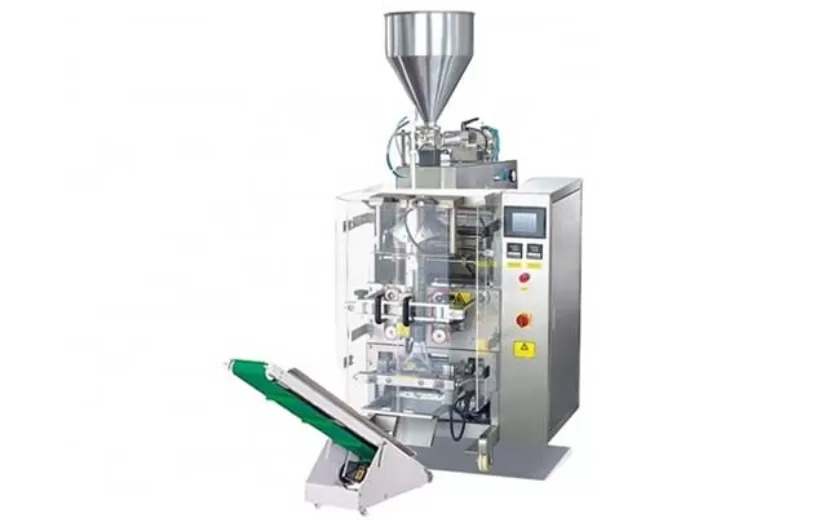
Advanced Packing Solutions: Snacks, Sugar, and Frozen Food Machines
29-10-2025 -
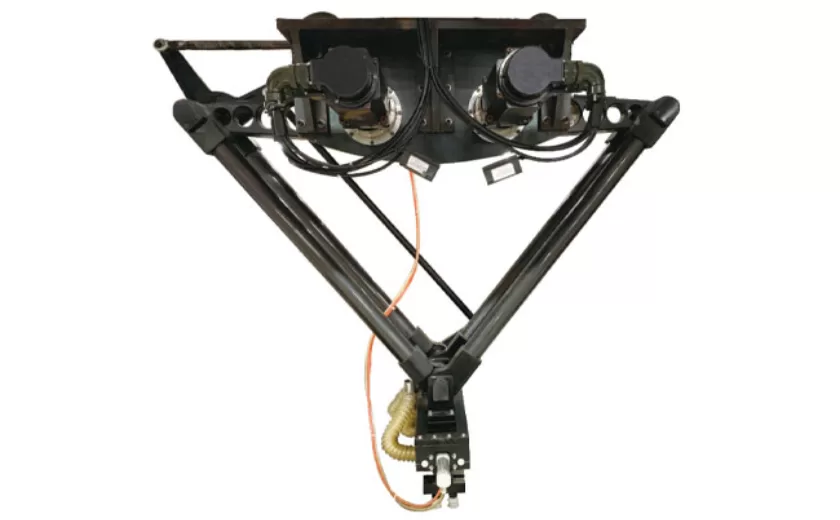
Efficient and Reliable Solutions for Salt, Nuts, and Frozen Dumplings Packing
29-10-2025 -
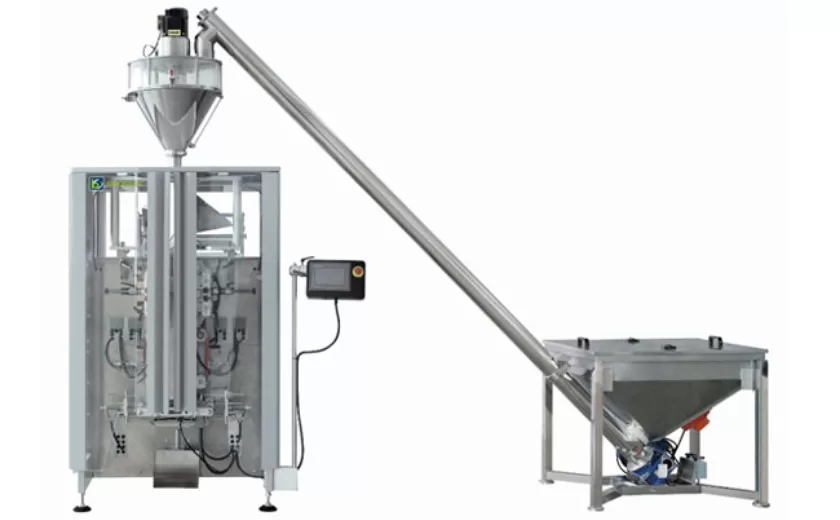
High-Performance Biscuits, Lollipop, and Ketchup Packing Machines for Modern Food Production
29-10-2025 -

Efficient Liquid Filling and Packing Machines for Modern Production
23-10-2025 -
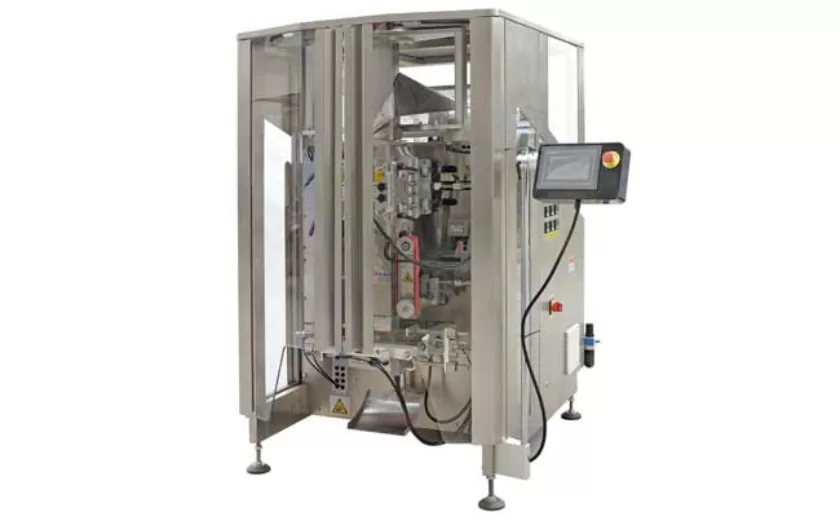
Reliable Granule Packaging Machines for Efficient Production
23-10-2025 -

Efficient Auger Powder Filling Machines for Accurate Packaging
23-10-2025 -

High-Performance Liquid Filling and Packing Machines for Hygienic Production
10-10-2025 -

High-Efficiency Granule Packaging Machines for Precision and Speed
10-10-2025 -

High-Precision Auger Type Powder Filling Machines for Efficient Packaging
10-10-2025 -
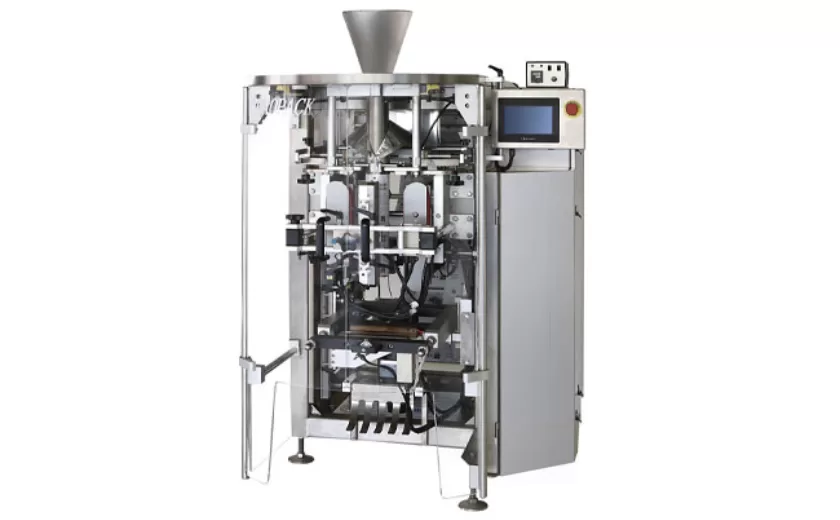
Efficient Vertical Form Fill Seal Packaging Machines for Smart Production
10-10-2025





